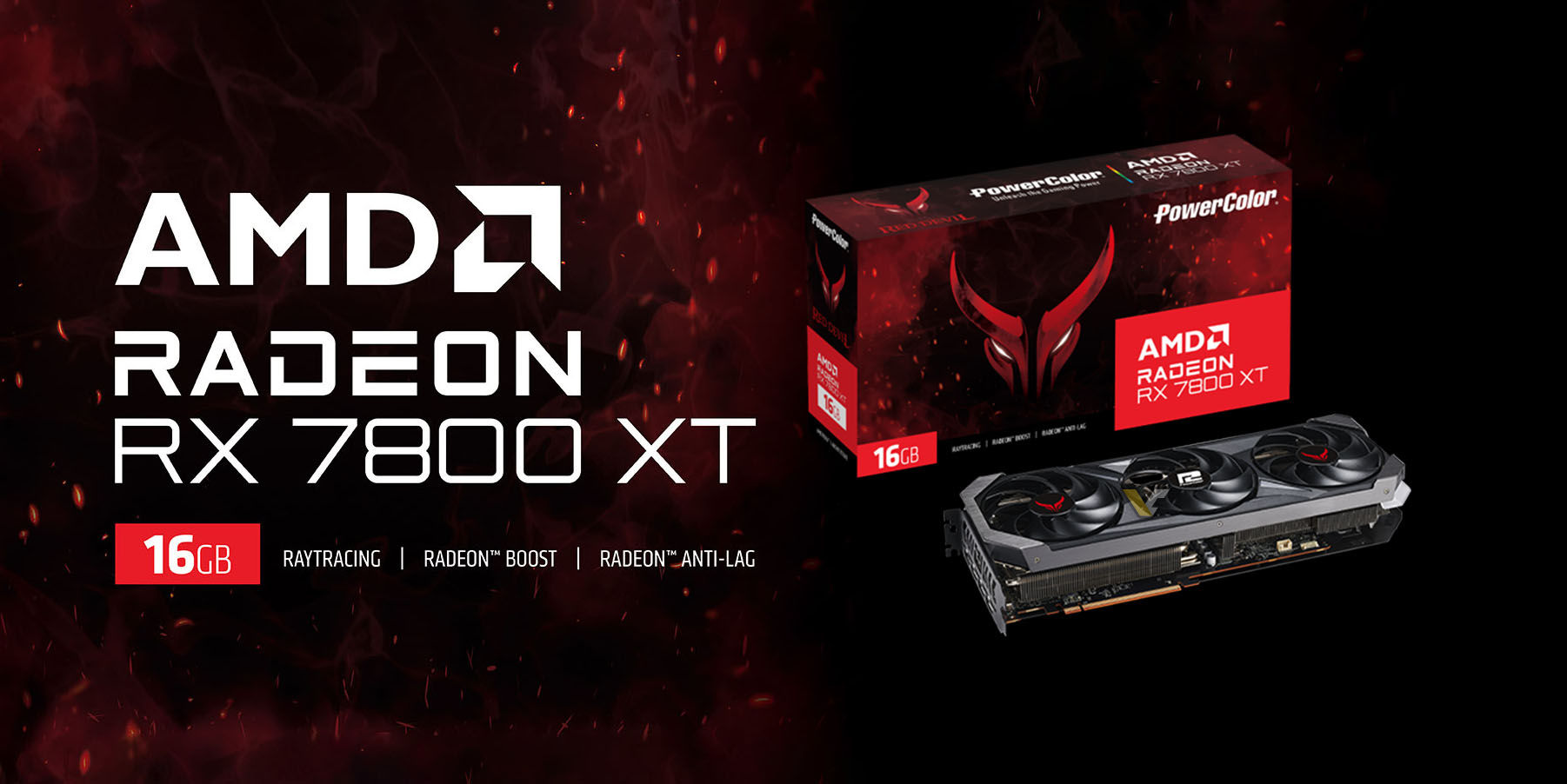Never mind all the renaming of tiers.
Look at these leaked die shots of all RDNA3:
Note how 7900 GRE's die looks a fair bit different to the full Navi31.
Ignoring the monolith, we were wondering where the cost savings for going multi-die were going.
We knew it wasn't to us consumers.
We assumed it was going to AMD's coffers.
However if GRE shows us how they can take a 384-bit chip and sell it as a pin compatible (that's one of the GRE rumours that it fits in Navi21 PCBs) with a previous 256-bit chip, then that the multi-die really seems to be about something else.
I think this is AMD finding a way to continue to sell negligible volumes but being able to afford them because the can re-use the design.
Reduce and re-use is fine, but ultimately AMD's strategy seem to be to not bother but still turn out some parts at high (per unit) margins, overall profits, volume, marketshare? Who cares.
Yes, in the grand scheme of things even for Ryzen a monolith has advantages when the dies are not crazily large. That is when going chiplet is about design costs and re-usability and less about die yields.
And if your intention is to almost purposefully go for low volumes, then going all out chiplet makes sense.








